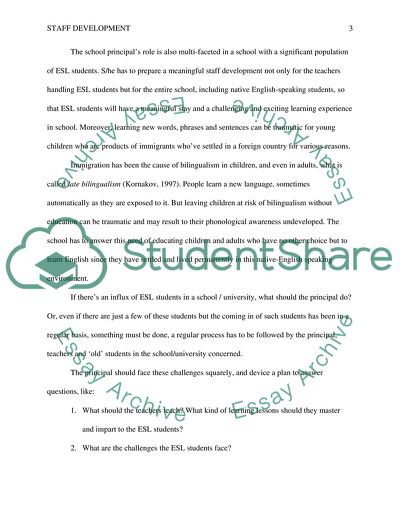Cite this document
(Planning Meaningful Staff Development for Bilingual / ESL Teachers Case Study, n.d.)
Planning Meaningful Staff Development for Bilingual / ESL Teachers Case Study. Retrieved from https://studentshare.org/education/1715775-planning-meaningful-staff-development-for-bilingual-esl-teachers
Planning Meaningful Staff Development for Bilingual / ESL Teachers Case Study. Retrieved from https://studentshare.org/education/1715775-planning-meaningful-staff-development-for-bilingual-esl-teachers
(Planning Meaningful Staff Development for Bilingual / ESL Teachers Case Study)
Planning Meaningful Staff Development for Bilingual / ESL Teachers Case Study. https://studentshare.org/education/1715775-planning-meaningful-staff-development-for-bilingual-esl-teachers.
Planning Meaningful Staff Development for Bilingual / ESL Teachers Case Study. https://studentshare.org/education/1715775-planning-meaningful-staff-development-for-bilingual-esl-teachers.
“Planning Meaningful Staff Development for Bilingual / ESL Teachers Case Study”, n.d. https://studentshare.org/education/1715775-planning-meaningful-staff-development-for-bilingual-esl-teachers.


